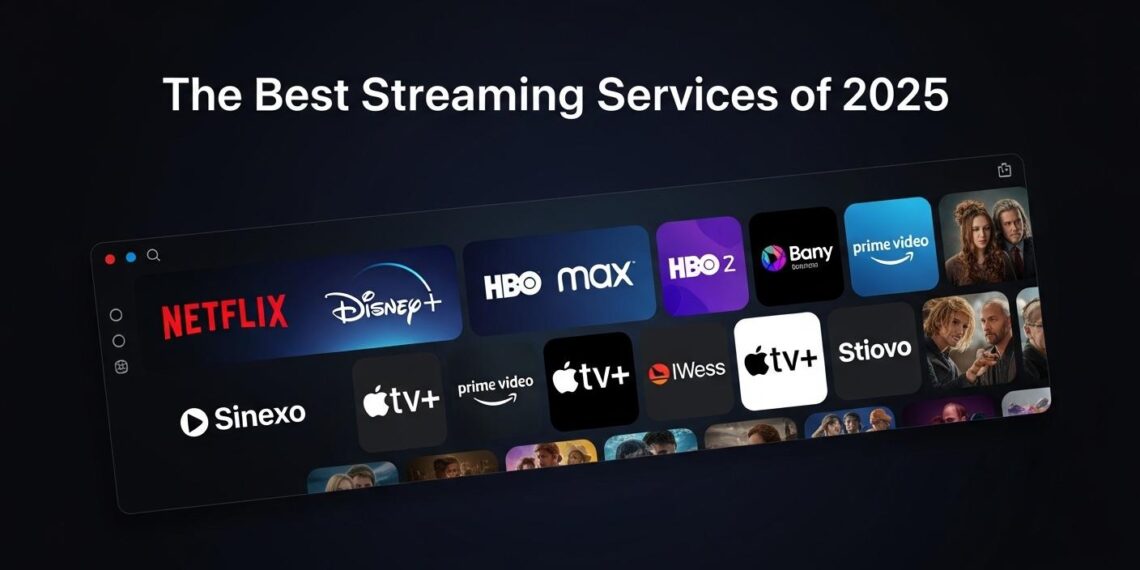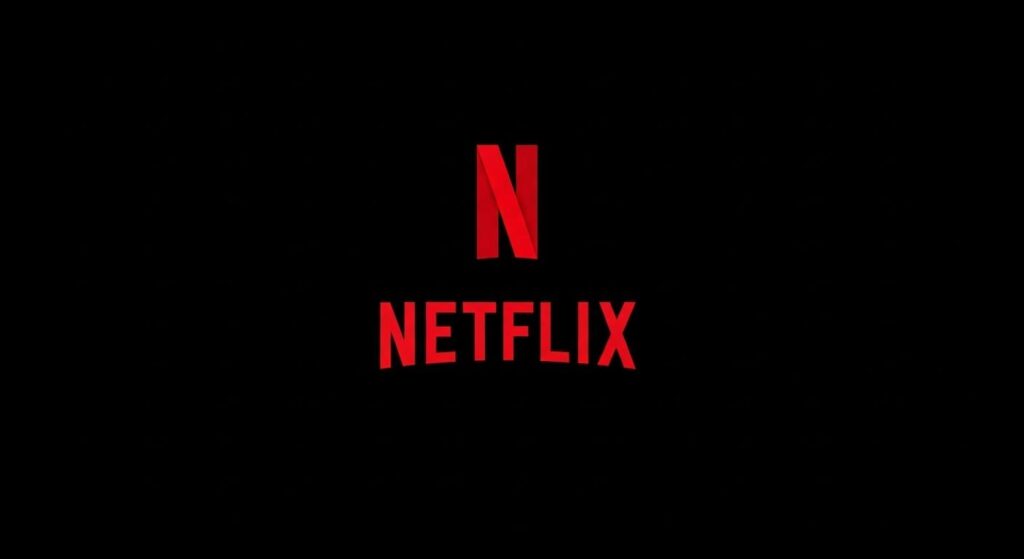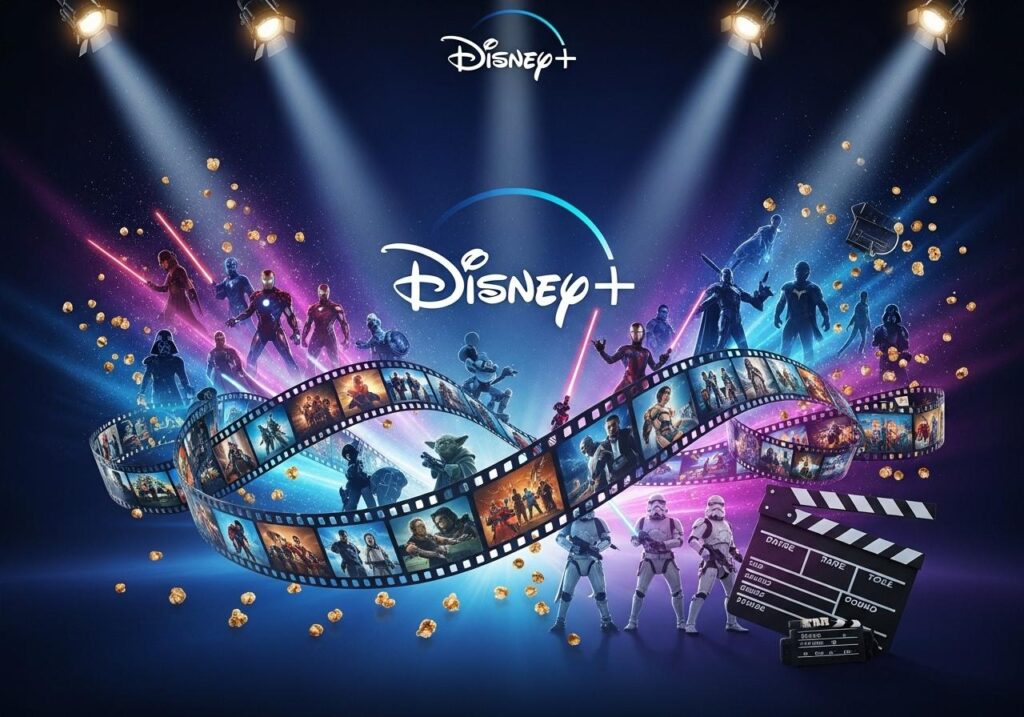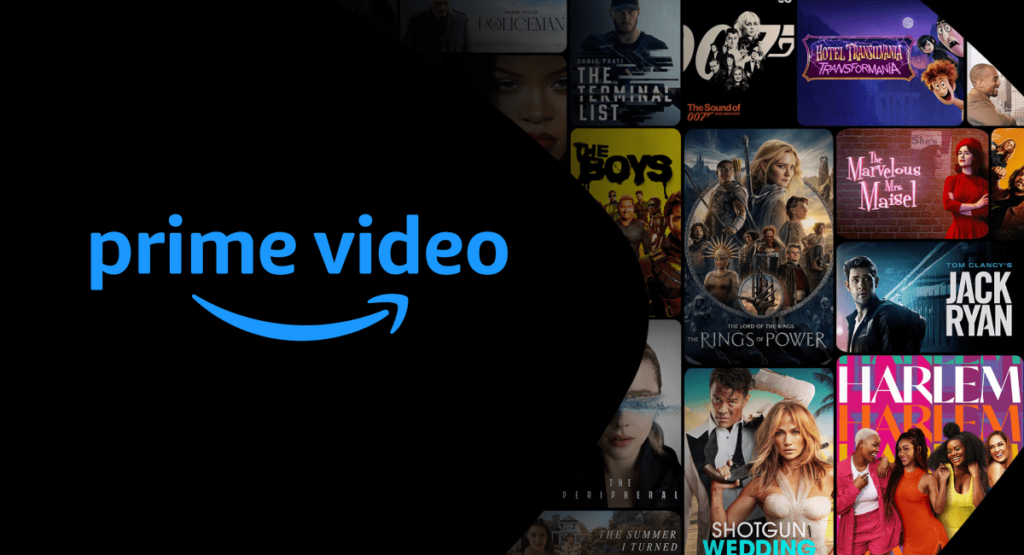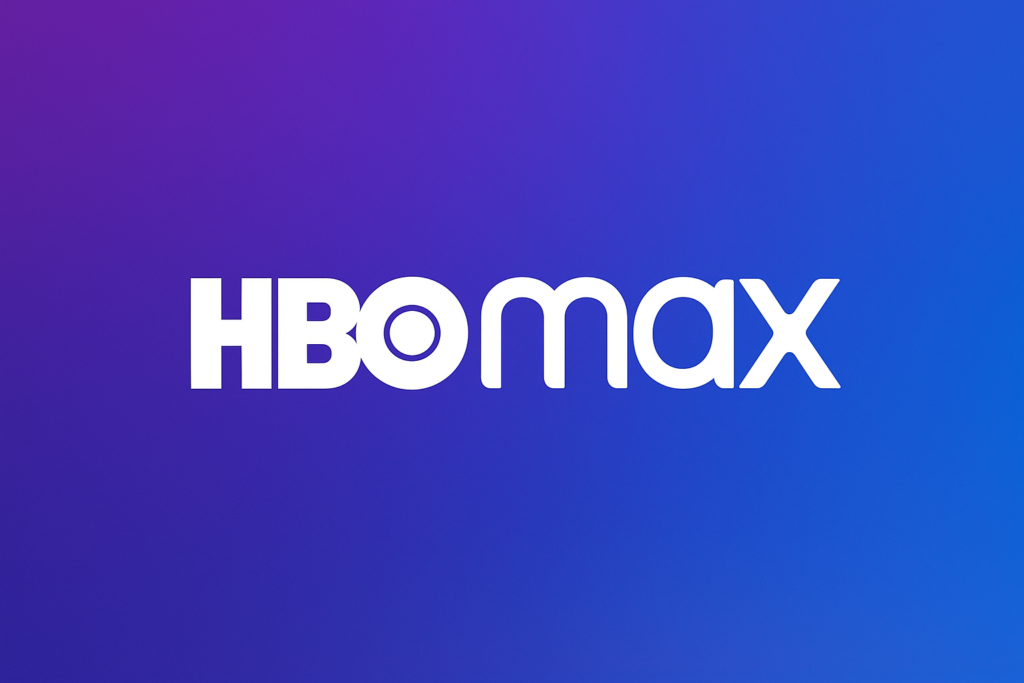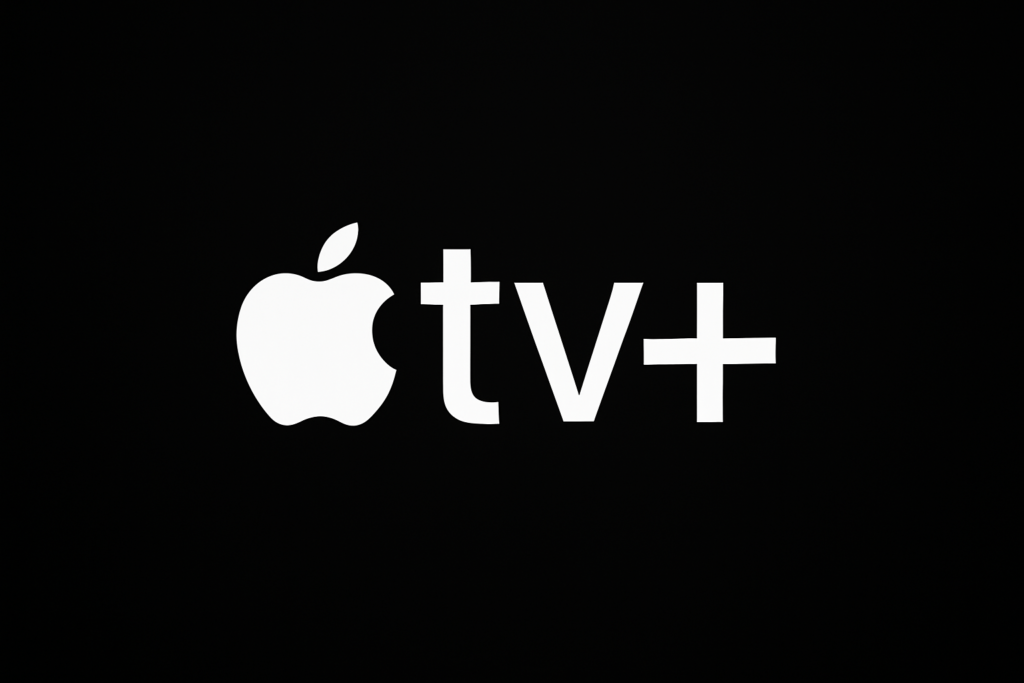Streaming services have enjoyed a great deal of popularity and have changed how people watch movies and shows. You are able to get access to a large library of content instantly and watch a movie or other content without time and address limit. Moreover, you can enjoy these contents on almost any device, from a phone to a smart TV, which means you don’t have to follow traditional TV schedules.
But it can be, on the other hand, confusing to find the best streaming service due to various options. Each service has different shows, movies, and prices, and thus rendering it hard to define what is the best streaming service. If you’re wondering “Which streaming service is best for me?” or “What’s the best streaming platform available?”, you are in the right place. We will give you all the information you need to choose the best online streaming service for you and keep you entertained for hours.
1. 7 Best Streaming Services in 2025
1). Netflix
Netflix, the pioneering force and global leader in the streaming industry, continues to be the preferred choice for millions worldwide, thanks to its vast content repository and original programming. From Stranger Things to Squid Game, its original series consistently spark global cultural phenomena.
Pros:
- Features the industry’s most extensive and diverse collection of original movies, series, documentaries, and animation;
- The recommendation system is very precise, viewers can find content that matches their personal tastes through this system;
- Provides access to a selection of 80 mobile games that are free of advertisements;
- The overall interface is user-friendly, allowing for easy adjustments to subtitle size and style.
Cons:
- The subscription price is continuously rising, especially for its Premium plan that supports 4K, which is among the most expensive on the market;
- The basic plan does not offer access to the complete Netflix content library;
- Stricter policies to curb account sharing in some regions, which has impacted the family-sharing experience;
- a limited amount of live content.
2). Disney+
Disney+ is a popular streaming service from the entertainment company Disney. It includes five main brands: Pixar, Disney, Marvel, Star Wars, and National Geographic. This platform offers viewers a wide range of entertainment.
Pros:
- Features exclusive and highly sought-after content like the Marvel Cinematic Universe and the Star Wars series;
- The subscription price is highly competitive;
- A large collection of classic animations and movies suitable for the whole family, making it an ideal choice for households;
Cons:
- Its merger with Hulu could lead to the addition of content that may not be suitable for younger audiences;
- The screen does not show the remaining time when the video is paused;
- Primarily focuses on its own well-known brands, making it relatively weaker in original content that is not based on these IPs.
3). Amazon Prime Video
As a key benefit of an Amazon Prime membership, Prime Video offers compelling added value. It not only features a strong slate of original content but also integrates a vast store for renting or purchasing movies.
Pros:
- For those who are already Amazon Prime members, it is essentially a free benefit, offering incredible value;
- A massive library of classic series and movies available to watch;
- Users can individually purchase or rent content that is not available for free streaming;
- Rental or purchase costs can be reduced using credits from Amazon shopping;
- A large amount of high-quality content can be watched without a Prime subscription.
Cons:
- The interface design can sometimes feel cluttered, and the experience of navigating and discovering content is not as smooth as Netflix’s;
- Even for paying members, some content still plays with advertisements, and an additional payment is required to remove them.
4). Max
Max, which evolved from HBO Max, is the main streaming service from Warner Bros. Discovery. It is famous for its top-quality original content, known as “HBO quality”, making it a preference for viewers who seek high-caliber series and films.
Pros:
- Has exclusive HBO content, including Emmy-winning, classical series like Game of Thrones and Succession;
- Includes the DC Universe, classic Warner Bros. movies, and a large amount of factual content from the Discovery Channel;
- A top-tier 4K HDR content streaming experience;
- Users can watch live sports events such as NHL and NBA games.
Cons:
- The ad-free 4K subscription plan is priced in the highest tier among all streaming platforms;
- The basic plan contains a significant number of advertisements.
5). Apple TV+
Apple entered the streaming market with a focus on quality rather than quantity. It invests in high-budget, high-quality original content and is known for offering an ad-free experience.
Pros:
- All content is free from advertisements, providing a clean viewing experience;
- Every original production is made with a film-level production standard, such as Ted Lasso;
- It supports Dolby Vision and Dolby Atmos, offering a top-tier audiovisual experience for users of Apple devices;
- The subscription price is relatively low.
Cons:
- The content library is the small, and compared to other platforms, its total amount of content is very limited with a slower update pace;
- The interface is rather cluttered and complex, which can easily cause confusion for users.
6). Hulu
Hulu’s unique advantage lies in its rapid updates of current television shows, making it an ideal choice for dedicated series followers and “cord-cutters”. It provides a perfect blend of traditional television and streaming services.
Pros:
- Episodes are typically available the day after they air on television, serving as a perfect replacement for cable TV;
- A massive library of classic series and movies;
- The user interface is clean and easy to use;
- A variety of plans, including options with ads, without ads, and a bundle that includes Disney+ and ESPN+.
Cons:
- Advertisements are quite frequent during viewing unless you choose the more expensive ad-free plan;
- Its service is primarily focused on the United States market and is unavailable in most other regions.
7). Paramount+
Paramount+ brings together a wealth of resources from CBS, Paramount Pictures, Nickelodeon, MTV, and Comedy Central. It holds a strong position, especially in reality TV, children’s programming, and science fiction, such as the Star Trek series.
Pros:
- A rich selection of exclusive content, classic series, and movies;
- Covers multiple areas, including news, sports (especially European soccer), children’s shows, reality TV, and science fiction;
- A low-cost entry plan with advertisements, which is friendly for users who are sensitive to their budget;
- Movies from Paramount Pictures typically arrive on the platform shortly after their theatrical release.
Cons:
- The interface design and content discovery features still have room for improvement when compared to leading platforms;
- Requires parental controls;
- Watching some live sports events requires a premium subscription.
2. Comparison Table of 7 Streaming Services
| Netflix | Disney+ | Amazon Prime Video | Max | Apple TV+ | Hulu | Paramount+ | |
| Price & Plans | |||||||
| With Ads Plan | $7.99 monthly | $9.99 monthly | $14.99 monthly | $9.99 monthly | $9.99 monthly | $10 monthly | $7.99 monthly |
| Ad-Free Plan | $17.99 monthly | $15.99 monthly | $17.99 monthly | $16.99 monthly | / | $19 monthly | $12.99 monthly |
| 4K + HDR Plan | $24.99 monthly | Included in Ad-Free Plan | Included in Subscription | $20.99 monthly | Included in Subscription | Included in All Plans | Included in Ad-Free Plan |
| Streaming Quality | |||||||
| Maximum Resolution | 4K (Ultra HD) | 4K (Ultra HD) | 4K (Ultra HD) | 4K (Ultra HD) | 4K (Ultra HD) | 4K (Ultra HD) | 4K (Ultra HD) |
| HDR Support | Dolby Vision, HDR10 | Dolby Vision, HDR10 | Dolby Vision, HDR10 | Dolby Vision, HDR10 | Dolby Vision, HDR10 | Dolby Vision, HDR10 | HDR10 |
| Device Compatibility | |||||||
| Smart TVs & Mobile Devices | Yes | Yes | Yes | Yes | Yes | Yes | Yes |
| Game Consoles | Yes | Yes | Yes | Yes | Yes | Yes | Yes |
| Content Library | |||||||
| Original Content | ★★★★★ | ★★★★☆ | ★★★★☆ | ★★★★★ | ★★★★☆ | ★★★★☆ | ★★★☆☆ |
| Third-Party Movies & Shows | ★★★★☆ | ★★★☆☆ | ★★★★★ | ★★★★☆ | ★★★☆☆ | ★★★★☆ | ★★★★☆ |
| Live TV | No | No | No | No | No | Yes, Requires Extra Subscription | Yes, Requires Extra Subscription |
| Sports Event | Limited | Limited | Selected Events | Limited | NO | Limited | Various Selections |
3. FAQs
1). Are there regional restrictions or content differences?
Yes, platforms like Hulu are primarily concentrated on the United States market, users in other regions may have limited access to it. In addition, the content library varies amongst different platforms due to the licensing agreements and different subscription plans. Please make sure the platform and plan includes the content you like.
2). Can I share my streaming accounts with family or friends?
Most services now explicitly define how many simultaneous streams are allowed per account, which is typically outlined in their subscription tiers. Platforms like Netflix are adopting stricter policies on account sharing. This will curb account sharing in some regions, which may impact the family-sharing experience.
3). Can I watch streaming content offline?
The majority of streaming services now offer offline viewing. But the function usually requires users to subscribe to a basic or premium plan. For users who have limited budget, we recommend recording the content while watching through CleverGet Recorder. In this way you can watch contents without an internet connection, and don’t have to spend extra fee when you want to rewind and watch them again.
4). Which streaming services include live TV in 2025?
Currently, Hulu and Paramount+ offer this service, and both platforms require an extra subscription. But the service may change at times, so it is always best to check each service’s official website for the most current plans and features.

